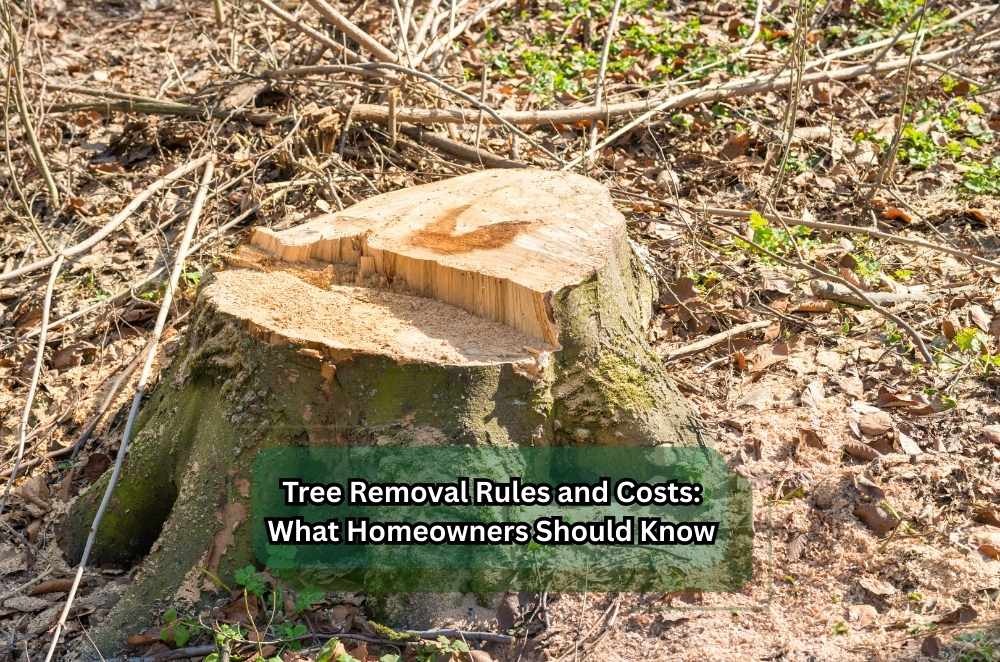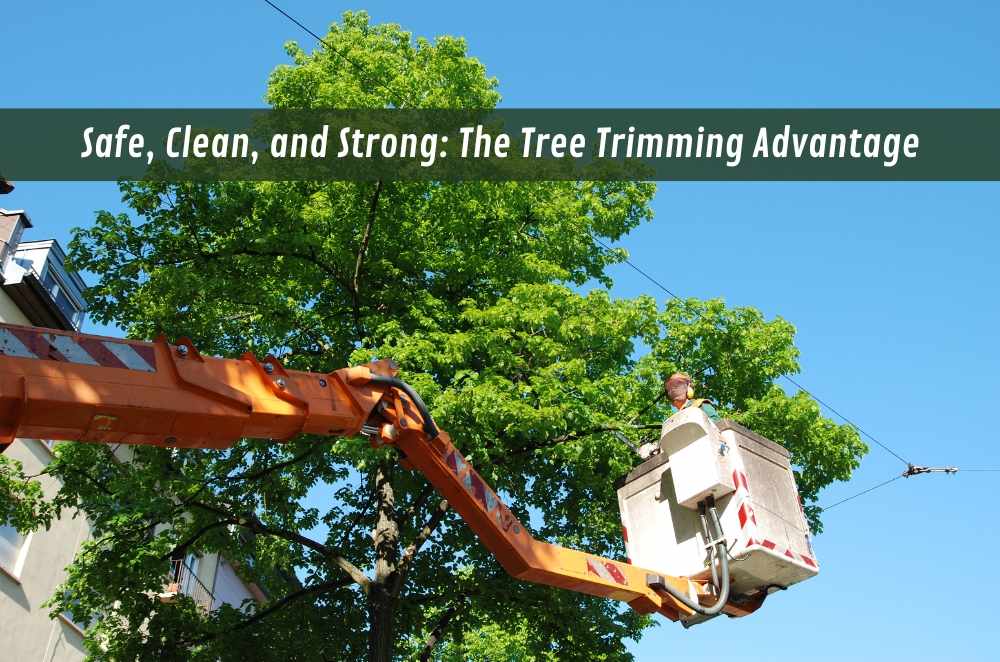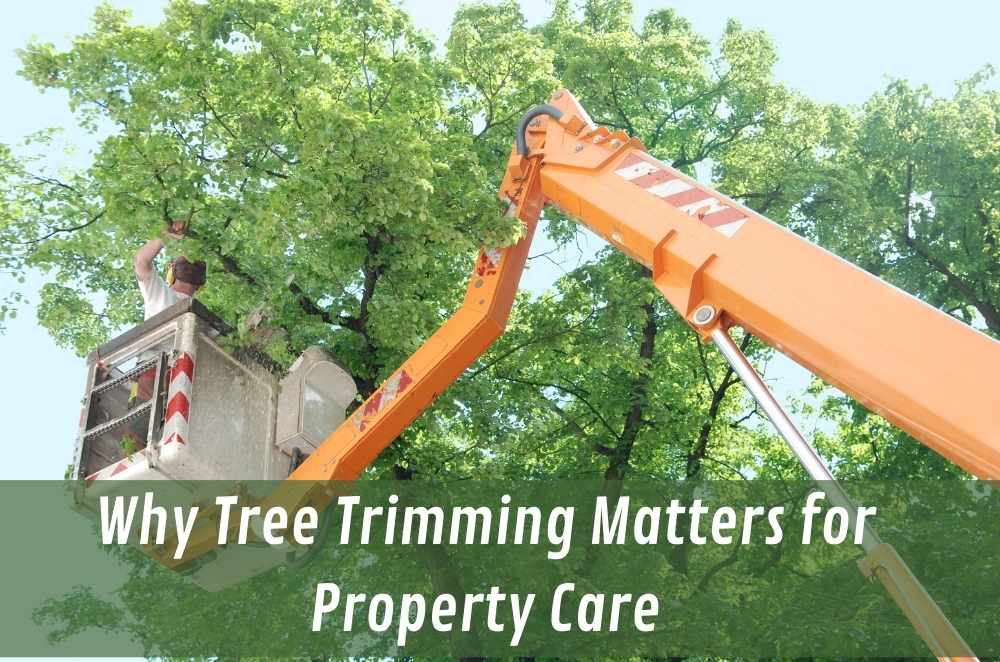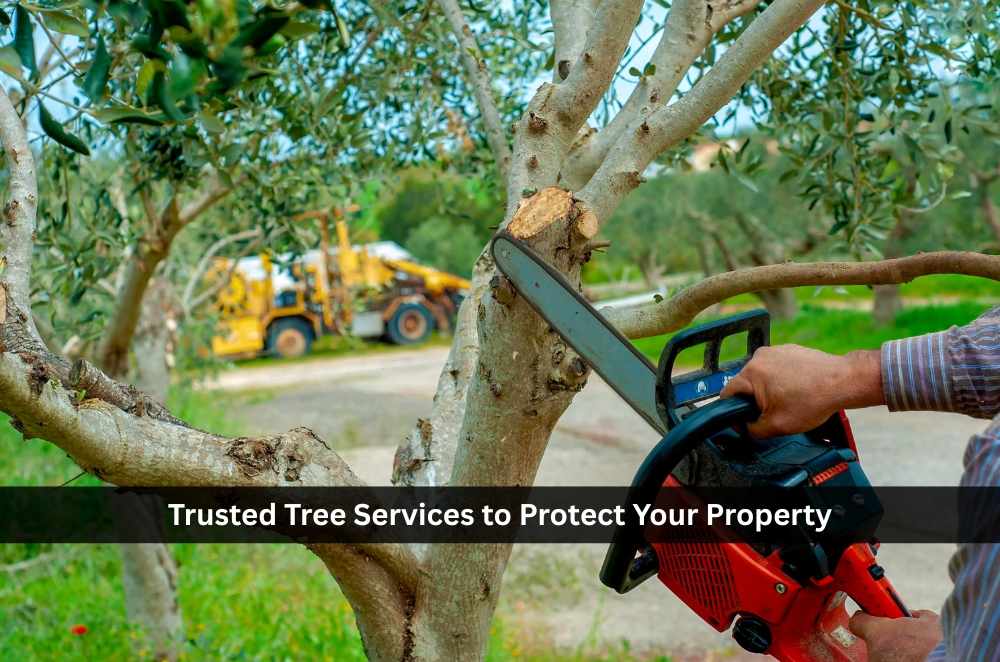
Tree work looks simple until you’re staring at a protected gum and a stack of rules. Fines are real, timelines stretch, and prices jump with access issues. The safest place to start is understanding tree removal permits and costs. From there, you can decide whether removal, pruning, or a staged plan makes more sense for your place.
Do you need council approval to remove a tree?
Often, yes, especially for mature trees, listed species, or anything over a set trunk size. Skipping approval can mean hefty penalties.
Councils use permits to protect canopy cover and neighbourhood amenity. Most require evidence: photos, an arborist’s report, and a clear risk case. Some allow exemptions for dead or imminently dangerous trees, but even urgent works can attract retrospective paperwork. Rules differ by LGA, so we always check the specific schedule rather than guessing from a neighbour’s experience.
• Trunk size thresholds apply
• Protected species lists matter
• Arborist reports are common
• Retrospective permits may be needed
What drives the price of tree removal?
Size, access, and complexity do the heavy lifting on cost. A small ornamental near open lawn is one price; a 20-metre eucalypt over a roof with tight access is another.
Rigging, traffic control, and stump grinding add line items quickly. So does disposal, especially after storms when green-waste sites are jammed. We advise clients to ask for itemised quotes: fell, section, chip, grind, and clean-up. Clarity upfront stops disputes later and helps you compare apples with apples rather than vague “day rates.”
What signs mean the tree can’t wait?
Leaning trunks, longitudinal cracks, root plate heave, and deadwood over living spaces are red flags. Wind-loaded species and trees with previous poor pruning are at a higher risk.
Acting early usually costs less and lowers the chance of emergency call-outs at 2 am. If you’re noticing mushrooms at the base, a sudden lean after rain, or branches shedding with light wind, don’t sit on it. These are urgent tree danger signs. Bring photos to an arborist consult and ask for a written assessment you can attach to any council application.
Why does Sydney tree work need extra planning?
Because approvals can take weeks, and conditions (like replacement planting) are common. Booking crews around permits, weather, and school zones takes coordination.
Sydney LGAs also differ in how they measure trunk size and define “exempt.” That’s where delays creep in, one form missing, and you’re bumped to the next meeting cycle—factor in street permits for chippers or elevated work platforms, plus neighbour notifications for access. Sydney tree planning basics, building that timeline into your project saves money and keeps tempers cool on the day.
What’s the bottom line?
Get the rules straight, then price the job against risk and access. Paperwork first, sawdust second.
Done right, removal protects people, roofs, and fences without trashing the street canopy. Our approach is straightforward: confirm the permit path, gather evidence, and establish a scope that includes both clean-up and stump work. If the assessment says retain rather than remove, that’s a win too; targeted pruning and monitoring keep costs down and councils happy. When removal is necessary, a tidy plan and a qualified crew turn a messy problem into a short, safe day’s work.










Write a comment ...